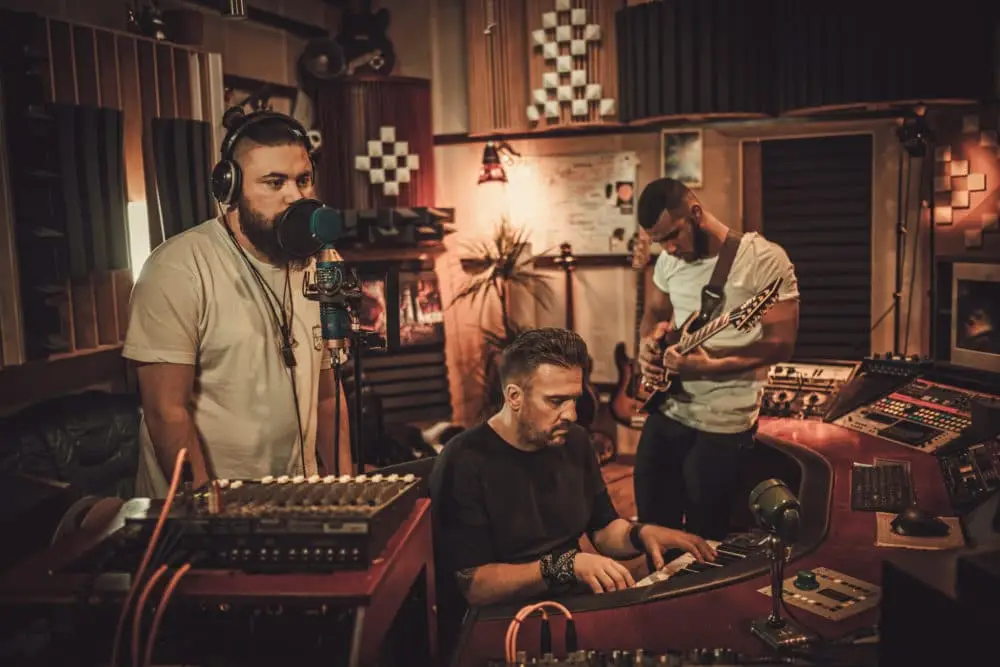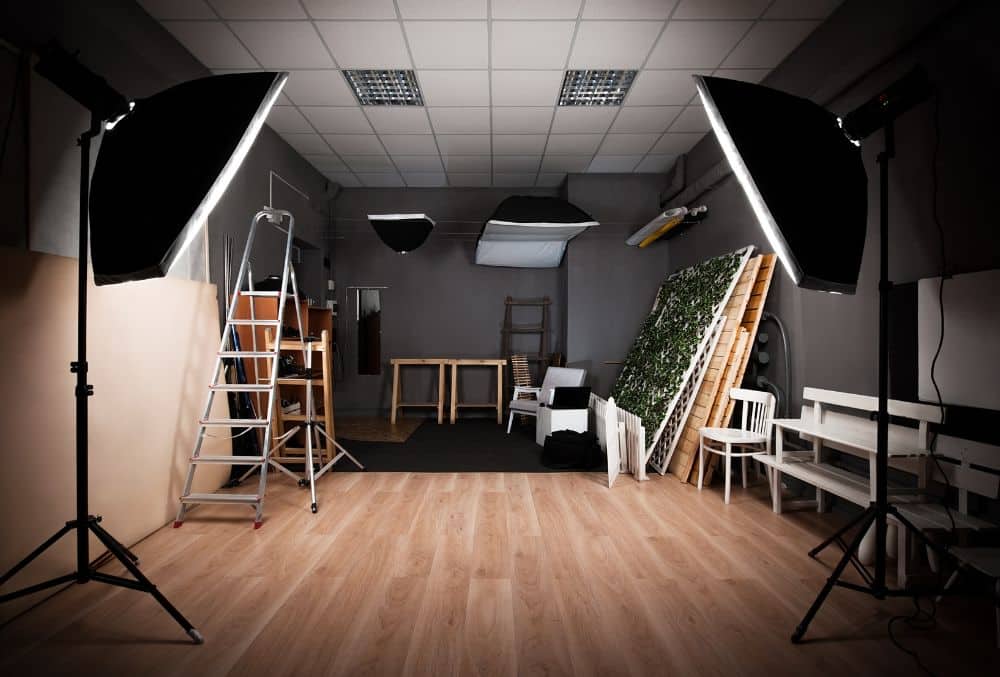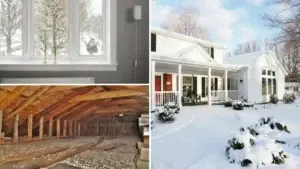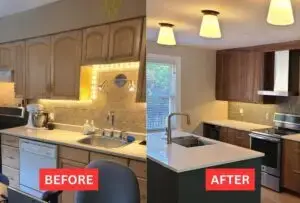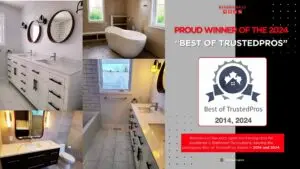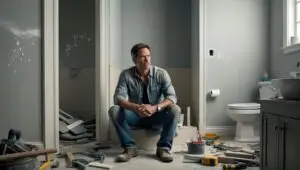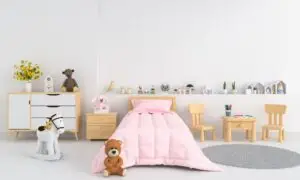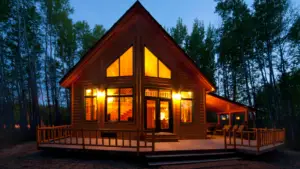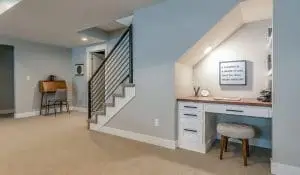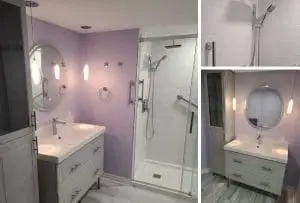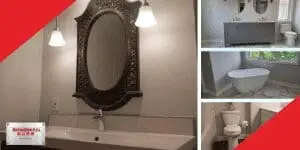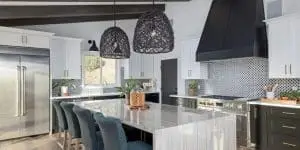Looking to create your own home studio in your basement? Whether it’s for work or play, if you have some free space in your basement you can easily build the type of space you’ve been dreaming of. But knowing how to plan properly and prepare is essential to getting it done right. Soundproofing and utilizing the amount of room that you can play with efficiently to house your equipment, are just a few factors to consider. Before you jump into your renovation, check out our 3 key steps for setting up a home studio in your basement.
Space Requirements
Most home studios require two spaces – one for the sound booth where you capture the music and one area for the audio mixing room where the music mixing and producing resides. The size of the sound booth will depend on how many instruments you want to record from, and it will be different if you plan to house a small band versus just you on the guitar and mic. The mixing room will also need to fit your equipment, which can change depending on whether you want a small or large-scale studio operation. Creating a thorough floor plan before you start the renovation will save you time and money in the long run.
Soundproofing and Acoustic Treatment
Building the home studio in your basement will already ensure some soundproofing from the surrounding foundation and ground outside. However, you want to create additional soundproofing between the downstairs and upstairs. Plus, you want to keep outside noises away that could distort the sound. You can easily install some acoustic foam, sound diffusers, bass traps and reflection filters to keep the noise in and to ensure you can keep distracting ambient noises out.
Purchasing the Equipment
Once you have the sound booth and mixing studio built, you’ll want to add the necessary equipment. To get you started you need a computer, digital audio workstation to mix and edit the music, audio interface to provide all the connections to your music, a quality set of microphones, headphones, studio monitors, a cable to connect the mic and audio interface, along with cables to connect the interface to the monitors. And of course, any of the instruments you would like to use in your studio should also be purchased if not already done so.
Building your own home studio in your basement can provide hours of fun and can help you take your sound to the next level. But if you don’t plan and build it out right you might end up ignoring it more than using it. So let us help! At the RenosGroup, we can help you plan and create your build so that you can easily transform your basement into a studio that gets you pumped to use it every time. Contact us, or give us a call at (613)727-9427

